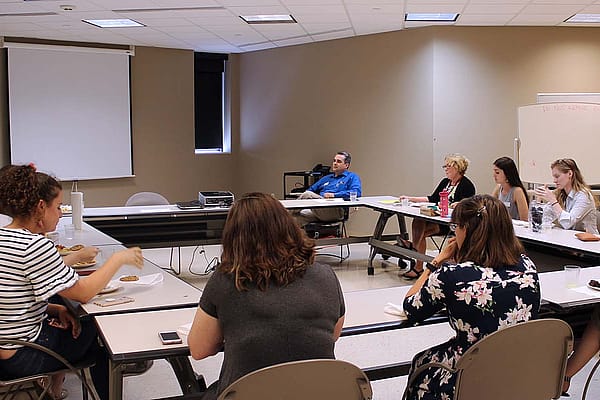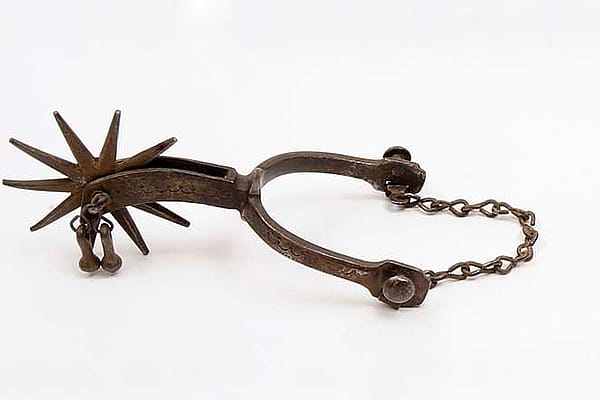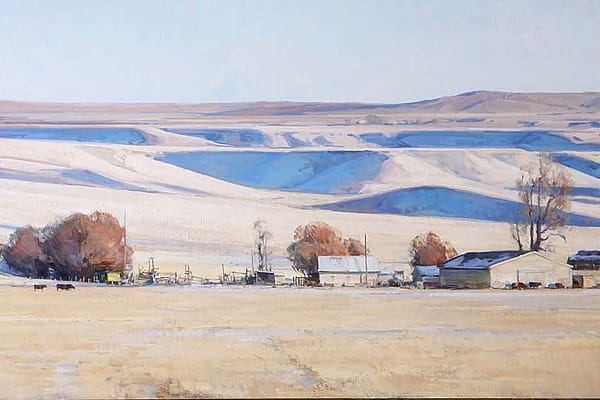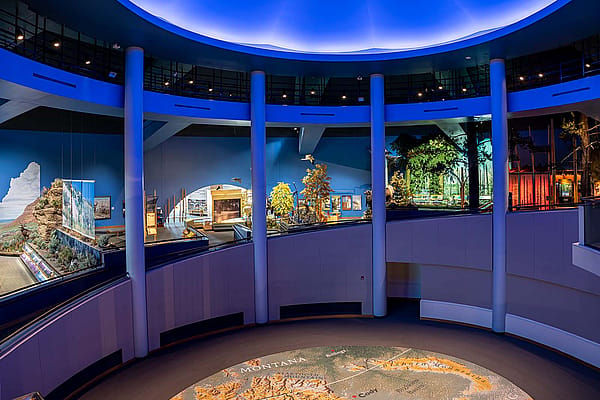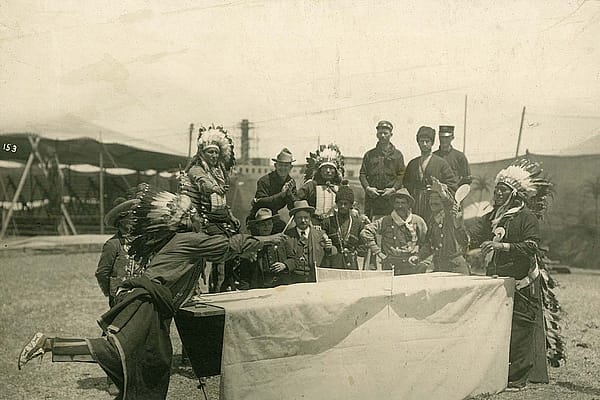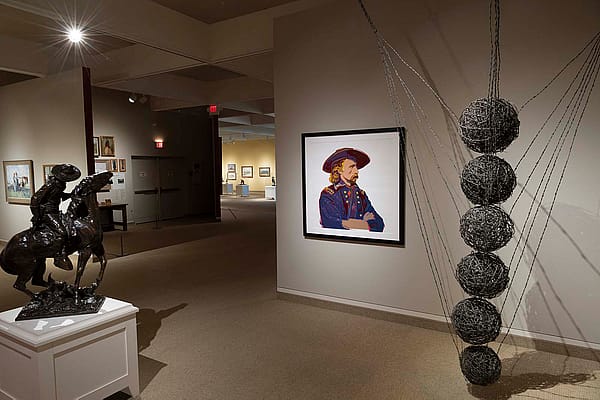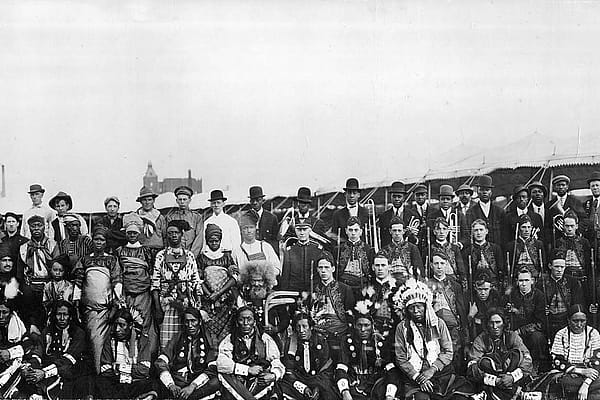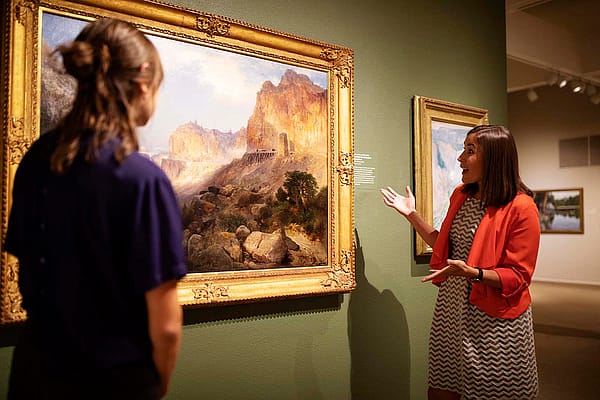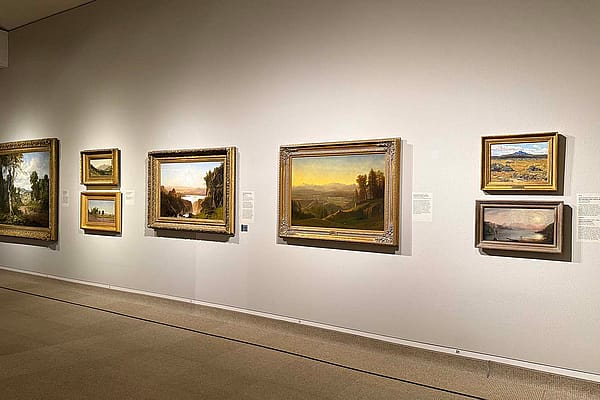
BBCW Youth Advisors awarded environmental project grant from Smithsonian Institution
The Smithsonian Institution has awarded $500 to the Youth Advisory Board (a group of Cody High School students) at the Buffalo Bill Center of the West to support its work with the Bureau of Land Management (BLM) as part of the Smithsonian’s National Earth Optimism Teen Conversations Project.
The Center is one of nine Smithsonian partners nationwide selected to receive an award for work with teen leaders around environmental action. The group includes CHS students Colton Manchester (Senior), Kinley Bollinger (Junior), Paige Martinez (Senior), Ida Tallen (Sophomore), Mia Beachler (Sophomore) and Madeline Bender (Sophomore).
The Youth Advisory Board’s project centers around preserving the sage grouse population through restoring sagebrush habitat. They will be working directly with the BLM and the bulk of their project will take place this spring.
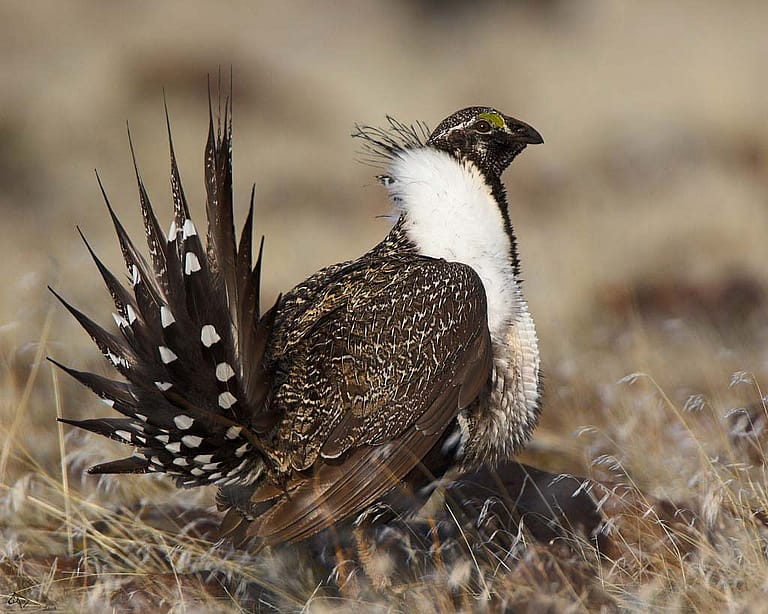
The Center has been collaborating with the Youth Advisory Board for several months to develop a teen-designed and -led project addressing an environmental issue of concern to them. On January 26, 2021, the group of teens presented their idea to Smithsonian officials, to compete for a micro-award from the Smithsonian to implement their project. This Smithsonian project was created to bring teens together from all parts of the country to learn about and discuss their concerns about the environment.
The teens have six months to execute their project, and to send a short video about what they did with the funding to the Smithsonian.
The Smithsonian’s Earth Optimism initiative seeks to illuminate and magnify the positive, hopeful ways that individuals and communities are addressing the climate crisis. Because of the pandemic, the National Earth Optimism Teen Conversations Project had to be conducted virtually. Students were invited to attend monthly conversations on Zoom with their peers across the United States, Smithsonian scientists, and other environmental experts. The Smithsonian’s teen collaborators suggested topics, recruited speakers, designed promotional materials, and led discussions on topics such as reducing the use of plastic, environmental justice, and food security.
“We were so impressed with the thoughtfulness and thoroughness of the students’ action plan,” said Jennifer Brundage and Brian Coyle, the project’s directors at the Smithsonian Institution. “Their research and proposal revealed a deep understanding not only of their physical environment, but of their community needs as well.”
About Smithsonian Affiliations
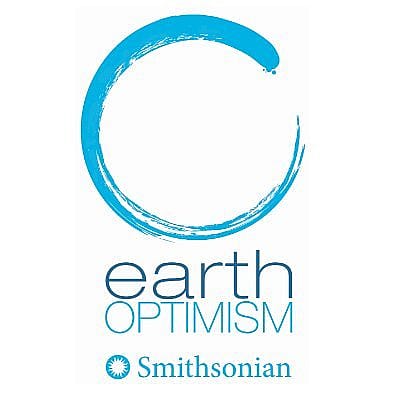
Smithsonian Affiliations is a national outreach program that develops long-term, collaborative partnerships with museums, educational, and cultural organizations to share Smithsonian collections, build collaborative networks, and engage learners of all ages with Smithsonian resources. More information is available at www.affiliations.si.edu.
About the Smithsonian’s Earth Optimism Initiative
Earth Optimism is a vision, an event, and a movement to shift the conservation conversation from one of doom and gloom to hope and optimism. The global conservation movement has reached a turning point. We have documented the fast pace of habitat loss, the growing number of endangered and extinct species, and the increasing speed of global climate change. Yet while the seriousness of these threats cannot be denied, there are a growing number of examples of improvements in the health of species and ecosystems, along with benefits to human well-being, thanks to our conservation actions. Earth Optimism celebrates a change in focus from problem to solution, from a sense of loss to one of hope, in the dialogue about conservation and sustainability.
Written By
Nancy McClure
Nancy now does Grants & Foundations Relations for the Center of the West's Development Department, but was formerly the Content Producer for the Center's Public Relations Department, where her work included writing and updating website content, publicizing events, copy editing, working with images, and producing the e-newsletter Western Wire. Her current job is seeking and applying for funding from government grants and private foundations. In her spare time, Nancy enjoys photography, reading, flower gardening, and playing the flute.
